Published Jan 4, 2019
Alien Races without Faces
Alien Races without Faces
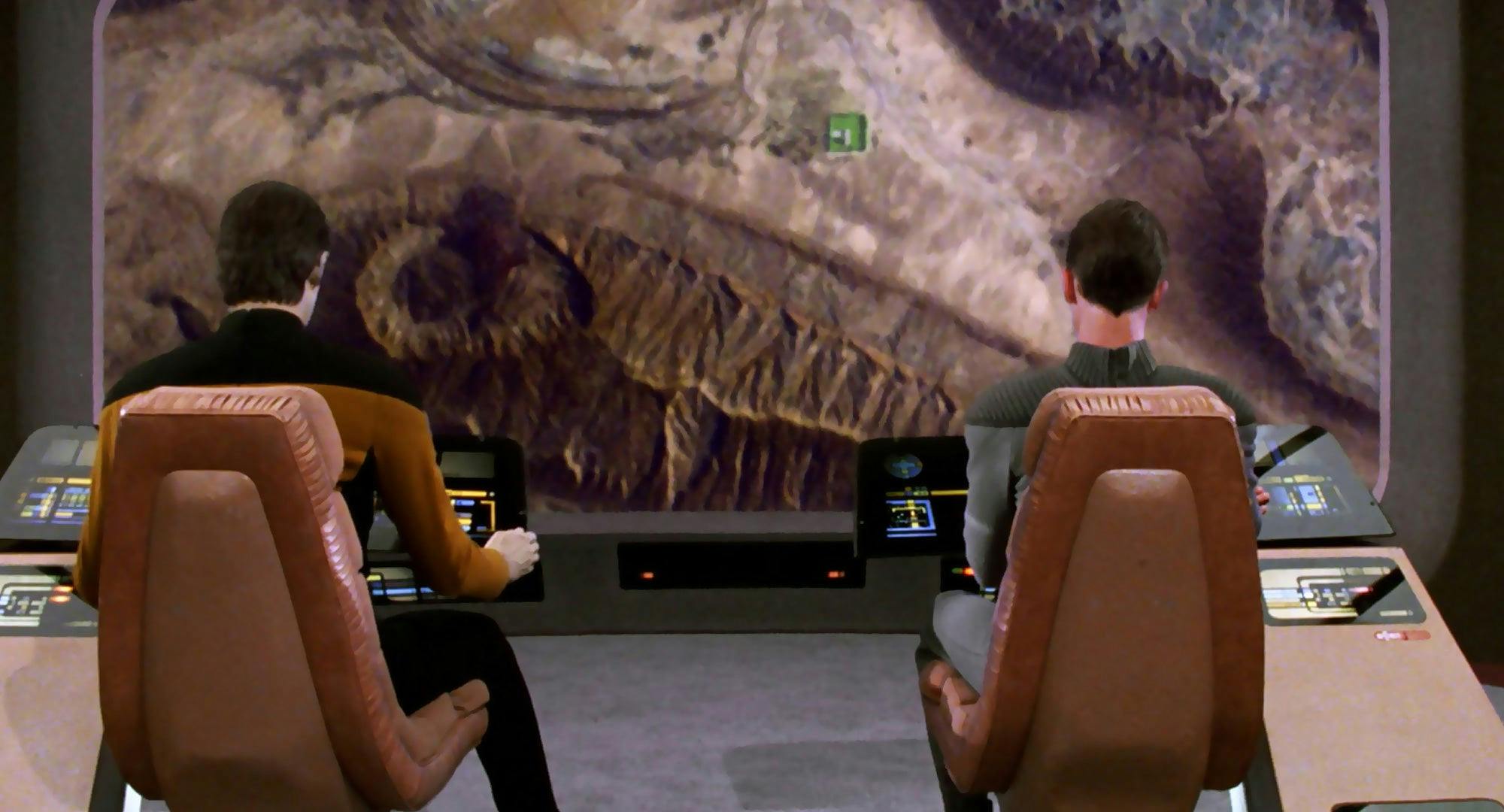
StarTrek.com
The Star Trek universe proves rich with a tapestry of alien species, cultures, planets, delicacies and more that find themselves mentioned in dialogue without being seen on screen. References to some of these races tend to stand out, either due to entire episodes being dedicated to them or the implication that they might be politically significant. An examination of the details surrounding some of these species establishes an opportunity to learn more about these mysterious societies.
The Iconians rank as the most-prominent example of such species, as two entire storylines focused on their culture and superior technology. The Star Trek: The Next Generation episode "Contagion" dealt with the discovery of Iconia and the puzzle of the Iconians' fate, while Star Trek: Deep Space Nine's "To The Death" followed a joint Federation-Dominion mission to prevent rogue Jem'Hadar from harnessing an Iconian gateway. The episodes established two major facts about the race -- the Iconians possessed the ability to travel between planets through advanced gateways and became extinct due to an assault on their homeworld. Those that eradicated the Iconians referred to them as conquerors and 'Demons of Air and Darkness' who enslaved entire worlds with their gateways. However, Captain Picard noted the possibility that misunderstandings and paranoia caused the enemies of the Iconians to destroy them.
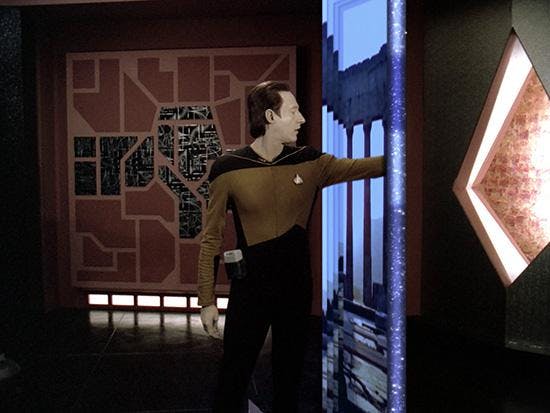
So, who was correct? Iconian probes did cause the destruction of the U.S.S. Yamato and endangered the Enterprise-D and a Romulan warbird commanded by Taris. Yet the series of events could easily be seen as a misunderstanding, a simple incompatibility between computer systems. The probes did not carry sophisticated defense systems necessary for a weapon of war to protect itself. The gateway's operational center resembled a transporter room, and the small nature of the gate hardly allowed for a large, surprise invasion. Even if a potential attack involved a network of gateways, logic dictates each gate needed to be sufficient to allow a sizeable strike force through. In addition, a race of conquerors requires occupying forces for newly acquired territories, but the evidence of a focused orbital bombardment suggests the Iconians mostly stayed close to home on Iconia. Nothing about the Enterprise-D's visit to the planet indicated an intentional assault on the crew, so it seems as if Picard's rationale for a misconceived species carries the most intellectual weight.
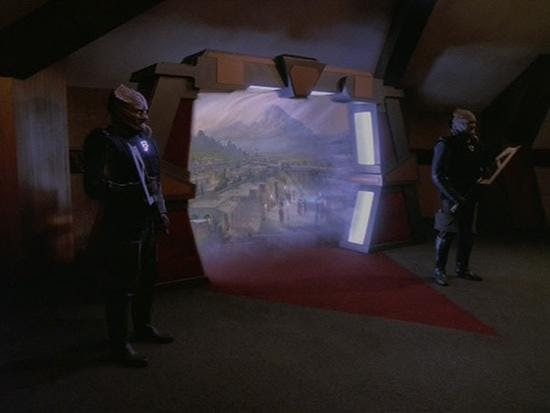
Following a distress call from Delta Rana IV, the Enterprise-D arrived to find the colony wiped out in TNG episode "The Survivors." Kevin Uxbridge, a powerful member of the Douwd race posing as a human, eventually explained that a warship belonging to the Husnock species murdered the innocent inhabitants. In a fit of rage, Uxbridge killed every Husnock in existence with a single thought. Kevin described the Husnock as "a species of hideous intelligence who knew only aggression and destruction." It is possible that his emotional state over his wife's death influenced the statement, but Uxbridge seemed to be of sound mind during his confession. Prior to their extinction, the Husnock population numbered over fifty billion individuals, so a belligerent species of that magnitude represented a significant threat in the region. While genocide, even of a fictitious alien race, can never be justified, Uxbridge most likely saved the Federation and other governments from future conflicts with the Husnock.
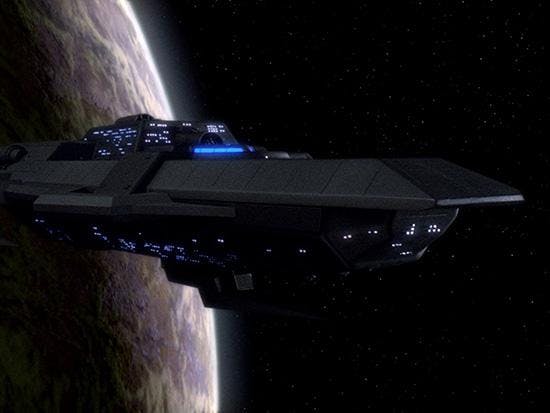
In the classic DS9 episode "The Way of the Warrior," Worf considered leaving Starfleet and suggested he may find employment with the Nyberrite Alliance. Miles O'Brien noted the distant location of the Alliance, and Worf mentioned the organization maintained a fleet of cruisers. Since Worf, a Klingon serving in Starfleet, believed the Nyberrites would welcome him, the Alliance clearly had no qualms with either the Federation or members of the Klingon race. Were the Nyberrites a species, or a group of diverse worlds similar to the Federation? The manner in which Worf described the Nyberrite recruiting process seemed reminiscent of the French Foreign Legion, a force made of volunteers from different nationalities. Worf's sense of honor and duty also provides a positive impression of the Alliance, as affiliating himself with a disreputable entity does not fit with Worf's character.
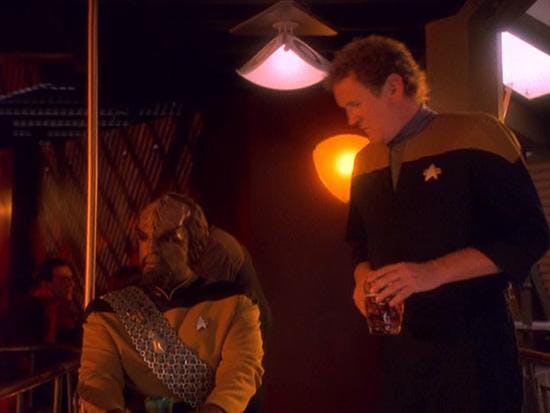
The Tzenkethi species fought at least one conflict with the Federation, and a Changeling infiltrator attempted to incite a new Federation-Tzenkethi war in the DS9 episode "The Adversary." Given the U.S.S. Defiant's proximity to Tzenkethi space, the region must be located near Deep Space 9. The Tzenkethi's ability to hold their own in previous battles against the Federation and the Dominion's belief that a new flare-up with the species would occupy Starfleet indicate that the Tzenkethi have a sizable military, similar to the Cardassian Union of the early 2360s. Captain Sisko did not seem fond of the Tzenkethi autarch, suggesting the possibility that hostility toward the Federation remained confined to the Tzenkethi leadership rather than average citizens.
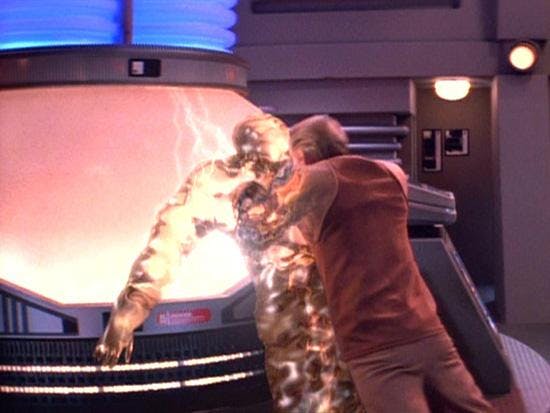
After rendezvousing with the U.S.S. Equinox in the Star Trek: Voyager episode "Equinox," Captain Janeway learned that Captain Ransom's crew encountered the Krowtonan Guard soon after being brought to the Delta Quadrant by the Caretaker. Ransom stated the Guard claimed the Equinox violated Krowtonan space and attacked the Federation vessel when it refused to turn back. Ransom's tendency to play loose with the facts calls his account into question, and his open admission that he purposely violated the Guard's territory indicates the Krowtonans may not have been as hostile as he claimed. The only certainties known about the Krowtonan Guard include their relatively close proximity to the Kazon and their technological ability to effectively engage a Federation Nova-class starship. The notion that the Kazon never mentioned the Guard as a threat in the region lends credence to the idea that the Krowtonan Guard may not have been the hostile, expansionist power described by Captain Ransom.
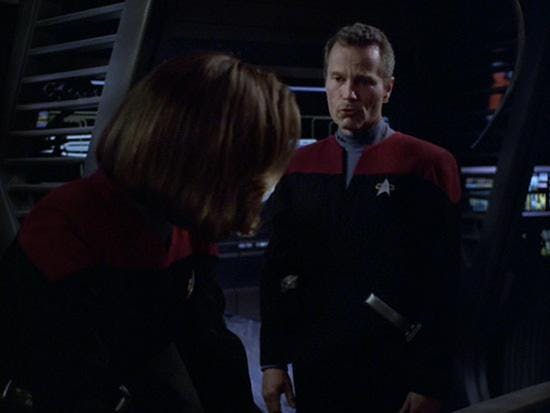
In the Voyager episode "Endgame," Captain Janeway learned of the existence of the Fen Domar from the future version of herself. In an alternate timeline, the Fen Domar inflicted serious damage to U.S.S. Voyager. From this limited information, it can be determined that the Fen Domar operated tactically proficient starships and did not take kindly to Janeway's diplomatic overtures. Since the alternate Voyager encountered the Fen Domar several years after the Hirogen and Borg it faced in the series' seventh season, but prior to arriving near Romulan space in the Beta Quadrant, the Fen Domar's territory must be located somewhere between the regions controlled by those species. Depending on their proximity to the Borg, Hirogen, Romulans, and any other potentially malicious powers, the Fen Domar's possession of advanced starships to protect their borders seems logical.
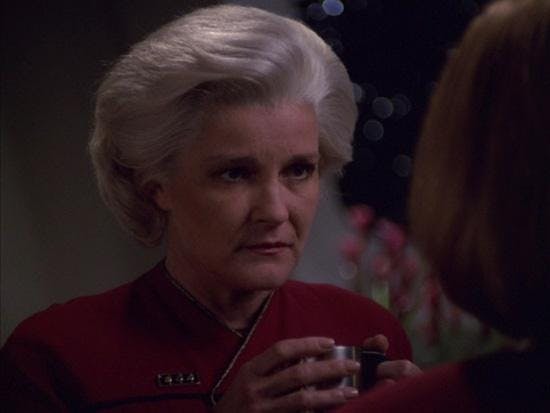
These prominent examples represent only a handful of the many species mentioned throughout Star Trek whose faces are never seen. The extensive information about the Iconians makes it easier to hypothesize about that race, but the potential exists to extrapolate cultural details about each of the aforementioned societies. With the upcoming debut of Star Trek: Discovery promising to introduce aliens old and new, maybe we will learn more about these species and, quite possibly, have a glimpse at their elusive faces.Jay Stobie is a science fiction writer who admits he has a perfectly normal obsession with Star Trek. He can be found on Twitter at @CaptStobie.

